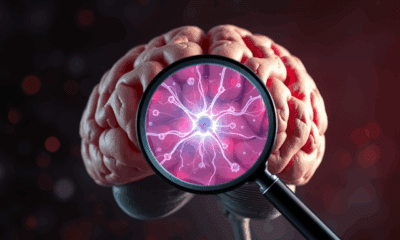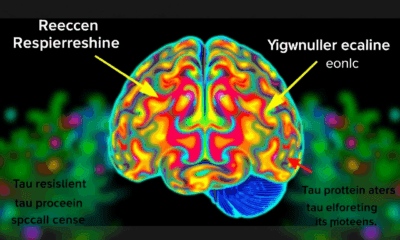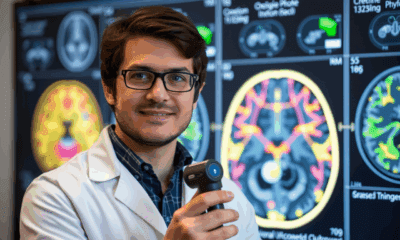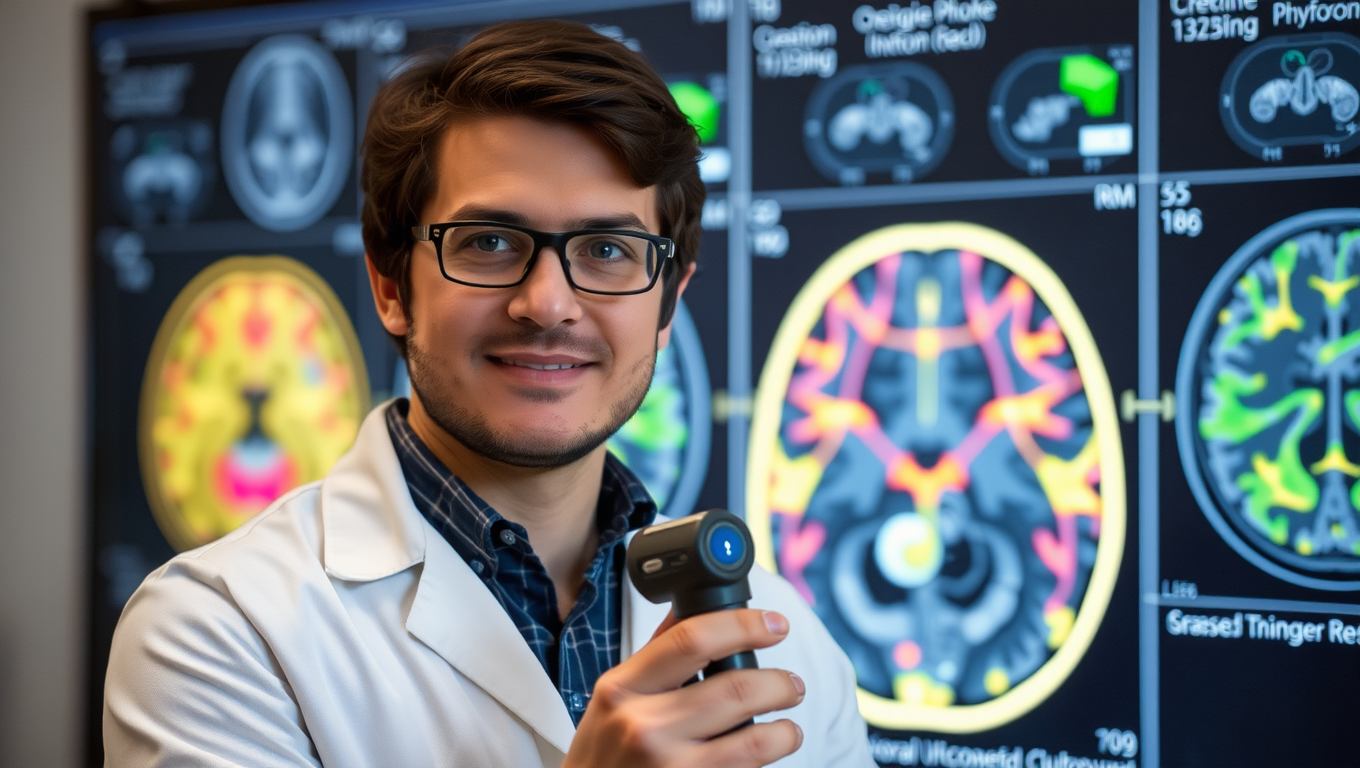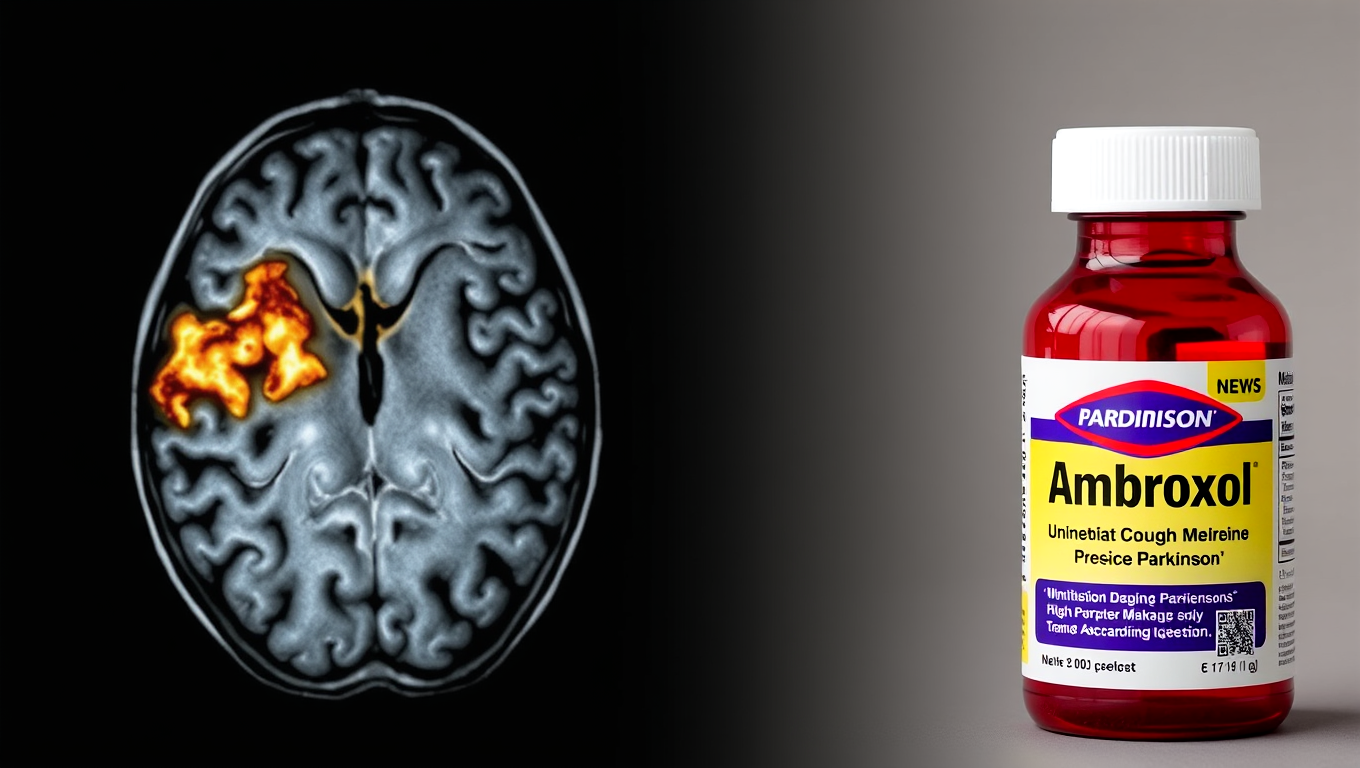While we try to keep things accurate, this content is part of an ongoing experiment and may not always be reliable.
Please double-check important details — we’re not responsible for how the information is used.
Diseases and Conditions
The Haenyeo Divers: Unveiling the Genetic Secrets Behind Korea’s Female Free-Diving Legends
The Haenyeo, a group of all-female divers from the Korean island of Jeju, are renowned for their ability to dive in frigid waters without the aid of breathing equipment — even while pregnant. A study shows that the divers’ remarkable abilities are due to both training and genetic adaptation, including gene variants associated with cold tolerance and decreased blood pressure. The divers also showed pronounced bradycardia, or slowing of the heart rate, when they dived, but this trait is likely due to a lifetime of training, not genetics.

Animals
The Lemur Secret to Aging without Inflammation: A Breakthrough for Human Health?
What if humans didn’t have to suffer the slow-burning fire of chronic inflammation as we age? A surprising study on two types of lemurs found no evidence of “inflammaging,” a phenomenon long assumed to be universal among primates. These findings suggest that age-related inflammation isn’t inevitable and that environmental factors could play a far bigger role than we thought. By peering into the biology of our primate cousins, researchers are opening up new possibilities for preventing aging-related diseases in humans.
Diet and Weight Loss
Rewiring the Brain: Scientists Develop Technique to Deliver Creatine Directly to the Brain
Creatine isn’t just for gym buffs; Virginia Tech scientists are using focused ultrasound to sneak this vital energy molecule past the blood-brain barrier, hoping to reverse devastating creatine transporter deficiencies. By momentarily opening microscopic gateways, they aim to revive brain growth and function without damaging healthy tissue—an approach that could fast-track from lab benches to lifesaving treatments.
Dementia
Ambroxol Shows Promise in Slowing Parkinson’s Dementia
Ambroxol, long used for coughs in Europe, stabilized symptoms and brain-damage markers in Parkinson’s dementia patients over 12 months, whereas placebo patients worsened. Those with high-risk genes even saw cognitive gains, hinting at real disease-modifying power.
-

 Detectors3 months ago
Detectors3 months agoA New Horizon for Vision: How Gold Nanoparticles May Restore People’s Sight
-

 Earth & Climate4 months ago
Earth & Climate4 months agoRetiring Abroad Can Be Lonely Business
-

 Cancer4 months ago
Cancer4 months agoRevolutionizing Quantum Communication: Direct Connections Between Multiple Processors
-

 Agriculture and Food4 months ago
Agriculture and Food4 months ago“A Sustainable Solution: Researchers Create Hybrid Cheese with 25% Pea Protein”
-

 Diseases and Conditions4 months ago
Diseases and Conditions4 months agoReducing Falls Among Elderly Women with Polypharmacy through Exercise Intervention
-

 Chemistry3 months ago
Chemistry3 months ago“Unveiling Hidden Patterns: A New Twist on Interference Phenomena”
-

 Albert Einstein4 months ago
Albert Einstein4 months agoHarnessing Water Waves: A Breakthrough in Controlling Floating Objects
-

 Earth & Climate4 months ago
Earth & Climate4 months agoHousehold Electricity Three Times More Expensive Than Upcoming ‘Eco-Friendly’ Aviation E-Fuels, Study Reveals

